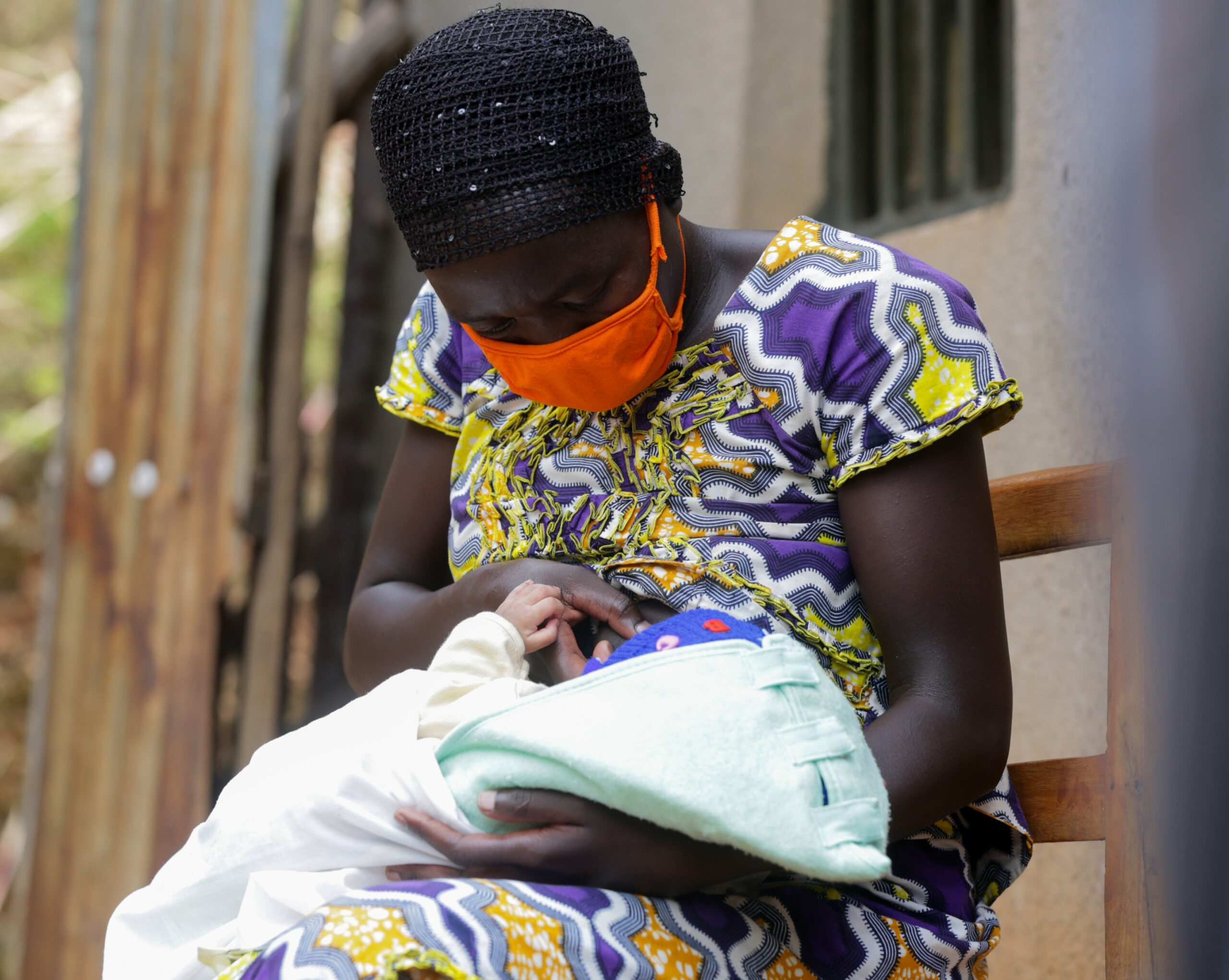|
Getting your Trinity Audio player ready…
|
The Government of Zimbabwe and partners are calling for action to address high adolescent pregnancies limiting the potential of girls and young women as revealed in findings of the National Assessment on Adolescent Pregnancies.
The Assessment was conducted by the Centre for Sexual Health and HIV/AIDS Research Zimbabwe under the leadership of the Ministry of Public Service, Labour and Social Welfare with the support of UNICEF, UNESCO and UNFPA.
Adolescent pregnancy rate in Zimbabwe is high. Nearly 1 in 10 adolescents give birth every year in the country (MICS 2019). About 50% of these pregnancies are unintended and a quarter of them result in illegal and unsafe abortions increasing the risk of childbirth complications and maternal mortality. One in four maternal deaths in Zimbabwe are adolescents or young women (representing 25% of maternal deaths in Zimbabwe).
A key finding of the National Assessment on Adolescent Pregnancies in Zimbabwe is that 21% of Antenatal Care bookings were among adolescents aged 10-19 years, translating to 358,458 pregnant adolescents from an estimated 1,706,946 bookings made in 1,560 healthcare facilities between 2019 and 2022. Furthermore, the study shows that 1,532 maternal deaths were recorded over the same period, with around 25% of them being among adolescents and young women under 24 years.
Following a key workshop on the development of an Integrated Framework to address adolescent pregnancy in Harare on 31 January 2024, various stakeholders including line Government ministries, Civil Society Organizations and funding partners are calling for greater investment to end this problem.
The workshop brought together 120 participants from these key sectors who collectively deliberated and made recommendations on strategic interventions to inform the Integrated Framework to address adolescent pregnancies which include:
Education
- Keep boys and girls in school and develop strategies for learning to continue even in humanitarian situations
- Scale up interventions to promote gender equality, address gender norms, roles and relationships
- Engage of men and boys to assess and address gender norms and normative behaviour in schools and at the community level
- Continue to reach boys and girls with Comprehensive Sexuality Education. At least 73.6% of girls cited schoolteachers as their source of Sexual and Reproductive Health and Rights information
Health
- Scale up tailored, inclusive, age-appropriate access to SRHR information and services
- Adaptation of a differentiated model of SRHR service provision for adolescents which is client-centered and addresses known facility-based challenges.
- Empower healthcare workers and student nurses to provide tailored non-judgmental and stigmatizing SRHR services.
- Continue to mine the data to inform interventions.
Gender and youth
- Continue investing to reach adolescents and young people in hard-to-reach communities with lifesaving GBV services and information
- Ensure meaningful participation of adolescents and young people in all initiatives
- Link communities to services and information on GBV through use of community-based volunteers
- Invest in social mobilisation for GBV prevention and response in communities by engaging with traditional and religious leaders
- Invest in livelihoods programmes to address poverty for women and girls especially in communities affected by climate change
Social protection
- Advocacy for the government to increase domestic resources for social protection, education and health services to improve the provision of essential services.
- Enforcement of the Marriage Act – prevent child pledging, and early marriages.
- Investment in interventions that support a second chance to learning for girls for example affordable community-based daycare while young mother goes to school
- Strengthen the referral mechanism and pathway. A coordinated approach within the context of the national case management system.
- Empower children with knowledge of how to report abuse and increase their knowledge of service providers in their communities
- Actively involve communities through Child Protection community structures for the purpose of prevention and response.
- Strengthen family systems and positive parenting strategies. A dysfunctional family system can contribute to adolescent pregnancies.
Through programmes such as the Health Resilience Fund (HRF) supported by the Governments of Britain, Ireland and the European Union and the Safeguard Young People (SYP) Programme supported by the Governments of Netherlands and Switzerland a number of interventions targeted at ending adolescent pregnancy are already ongoing.
